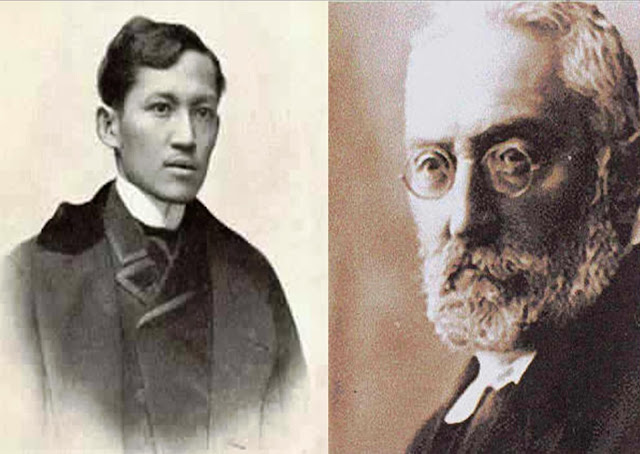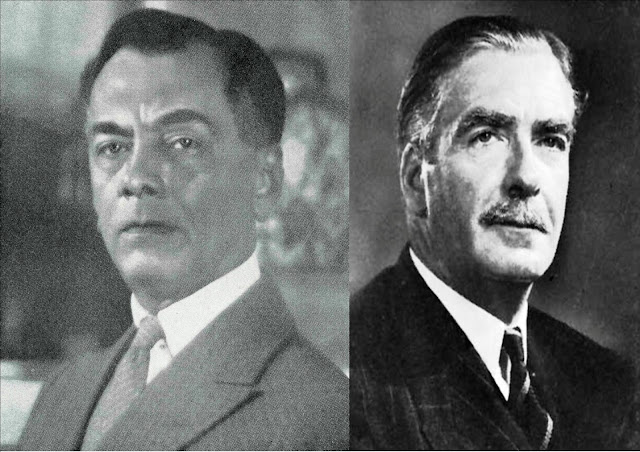ILANG PAKSA PATUNGKOL SA ISYU NG SABAH

I. NAGING KAKULANGAN NG PILIPINAS SA SABAH Marahil kung mayroon dapat sisihin sa pagkakapunta ng Sabah sa kamay ng Malaysia ito ay ang mabagal at malamyang "foreign policy" ng Pilipinas sa Sabah noong binubuo pa lamang ang Malayan Federation (1950's-1960's). Kilala ang Britania sa pagiging bihasa sa stratehiya ng kanyang foreign policy subalit hindi nakuhang sabayan ng mga namumuno ng Pilipinas ang utakang nangyari noon. Marami sanang realidad ang nagamit o na "exploit" ang Pilipinas , subalit naging mabagal ang bansa. Halimbawa: 1) Ang isa sa kinikilalang at nirerespetong lider noon ng Sabah ay si Donald Stephens (Fuad Stephens) isang Kristiano, nagmumula sa ethnic group na "Kadazan". May agam agam si Stephens sa pagsama ng Sabah sa federasyon ng Malaya sa dahilang may takot siya sa dominasyon ng mga Malayo sa katulad nilang hindi muslim. Sa katunayan opsiyon sa kanya at sa ibang kasama sa liderato ang isang malayang o independent na ...






_-_Google_Art_Project_2.jpg)